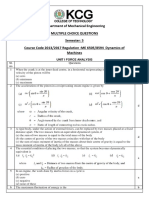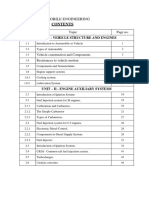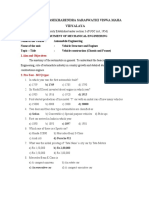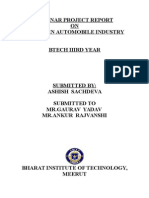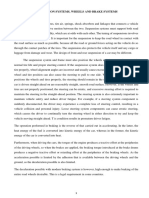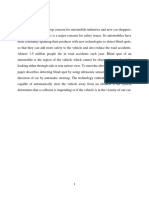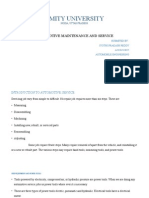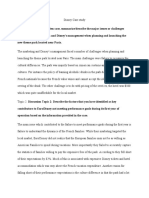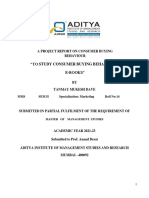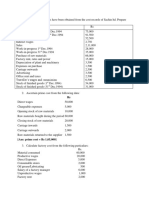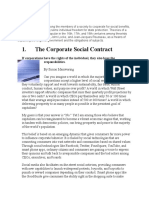0% found this document useful (0 votes)
52 views53 pagesForecasting
Forecasting is the process of making predictions based on past and present data. It involves using statistical methods and mathematical techniques to analyze historical trends and patterns to estimate future outcomes. Forecasting is a crucial tool for businesses, governments, and individuals to make informed decisions and plan for the future.
Uploaded by
9bxrnmk92mCopyright
© © All Rights Reserved
We take content rights seriously. If you suspect this is your content, claim it here.
Available Formats
Download as PDF, TXT or read online on Scribd
0% found this document useful (0 votes)
52 views53 pagesForecasting
Forecasting is the process of making predictions based on past and present data. It involves using statistical methods and mathematical techniques to analyze historical trends and patterns to estimate future outcomes. Forecasting is a crucial tool for businesses, governments, and individuals to make informed decisions and plan for the future.
Uploaded by
9bxrnmk92mCopyright
© © All Rights Reserved
We take content rights seriously. If you suspect this is your content, claim it here.
Available Formats
Download as PDF, TXT or read online on Scribd
/ 53









